The Maine Center for Disease Control and Prevention (Maine CDC) has confirmed three active cases of tuberculosis (TB) in the Greater Portland area. While the number of cases remains low, public health officials are closely monitoring the situation to prevent further spread and ensure prompt treatment for those affected. Importantly, all three cases were individually contracted and are not believed to be linked to one another—a key detail that changes how health authorities approach containment and community risk assessment.
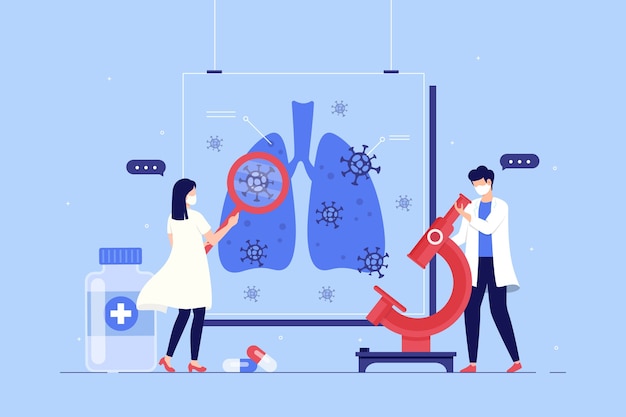
Tuberculosis is an infectious disease caused by the bacterium Mycobacterium tuberculosis. It primarily affects the lungs but can also impact other parts of the body, such as the kidneys, spine, or brain. TB spreads through the air when a person with active pulmonary TB coughs, sneezes, or speaks, releasing infectious droplets.
It's important to distinguish between latent TB infection and active TB disease. Individuals with latent TB do not feel sick, cannot spread the bacteria, and typically show no symptoms. However, without treatment, latent TB can progress to active disease. Active TB, on the other hand, is symptomatic and contagious, requiring immediate medical intervention.
The fact that all three cases were individually contracted suggests that there is no single source or outbreak cluster. This means the infections likely originated from separate exposures, possibly in different settings or geographic locations. Such a pattern reduces the likelihood of widespread community transmission and indicates that each case may have unique risk factors or exposure histories.
Public health teams conduct thorough contact investigations to identify anyone who may have been exposed. In clustered outbreaks, many people are often linked through shared environments—such as workplaces, schools, or households. In this scenario, with no epidemiological links found between the cases, investigations are more focused and localized.

Common symptoms of active TB include:
Diagnosis typically involves a combination of skin or blood tests, chest X-rays, and sputum analysis. Early detection is crucial for effective treatment and minimizing transmission.
Active TB is treatable with a course of antibiotics, usually lasting six to nine months. Common medications include isoniazid, rifampin, ethambutol, and pyrazinamide. Adherence to the full treatment regimen is essential to prevent drug resistance and ensure complete recovery.
Patients with active TB are typically advised to stay home during the initial weeks of treatment until they are no longer contagious. Public health nurses may support patients through directly observed therapy (DOT), where a healthcare worker watches the patient take each dose to ensure compliance.
The Maine CDC emphasizes that the overall risk to the general public remains low. Tuberculosis is not as easily spread as viruses like influenza or COVID-19. Prolonged, close contact with an infected person is usually required for transmission.
Preventive measures include:

The Maine CDC is working closely with local healthcare providers and community organizations to manage the cases. This includes identifying and testing close contacts, offering preventive therapy when appropriate, and providing education to reduce stigma and misinformation.
Health officials stress that TB is a reportable disease, meaning all diagnosed cases must be reported to public health authorities. This enables timely intervention and helps track trends over time.
While the confirmation of three active TB cases is noteworthy, the current situation does not indicate an outbreak. The fact that all cases were individually contracted underscores the importance of ongoing surveillance, access to healthcare, and public awareness.
Residents are encouraged to stay informed through official channels and to consult a healthcare provider if they have concerns about TB exposure or symptoms. With prompt diagnosis and proper treatment, tuberculosis remains a manageable and curable disease.
For the latest updates, visit the official Maine CDC website or contact your local health department.

Health

Health

Health

Health
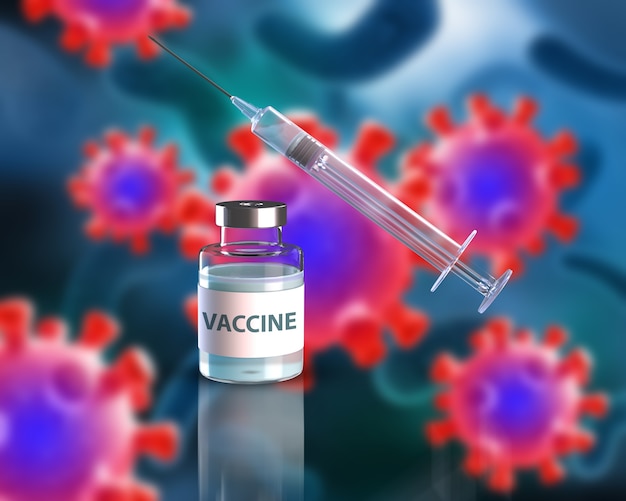
Health
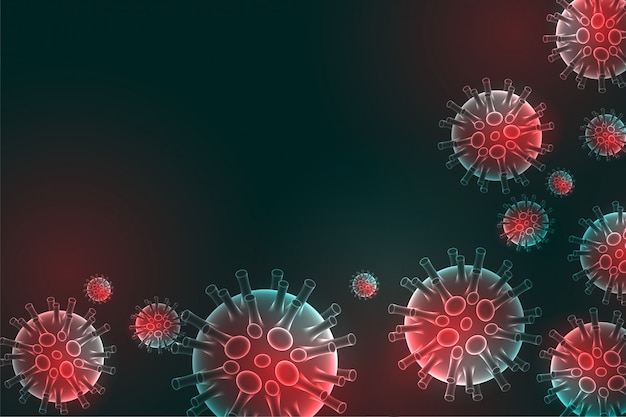
Health

Health

Health
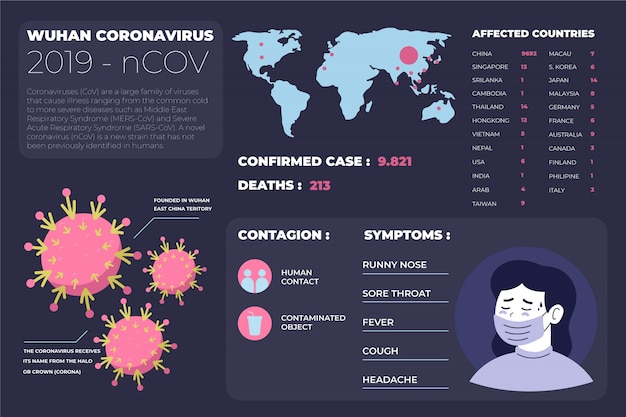
Health

Health
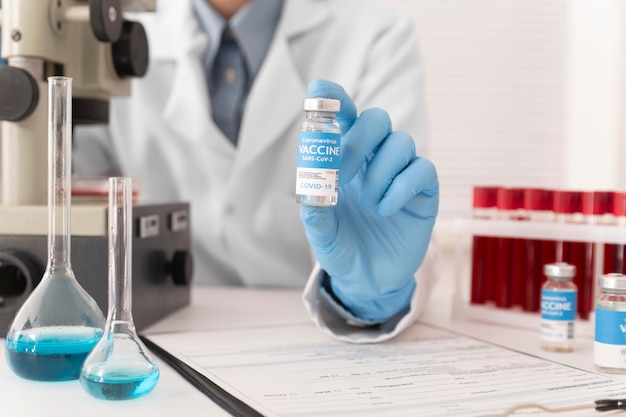
Health
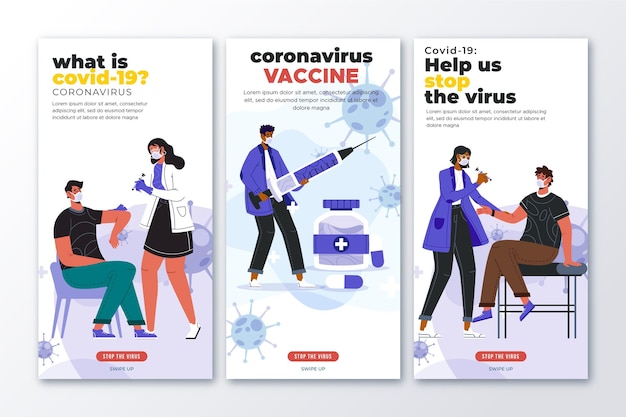
Health

Health

Fitness

Health

Health